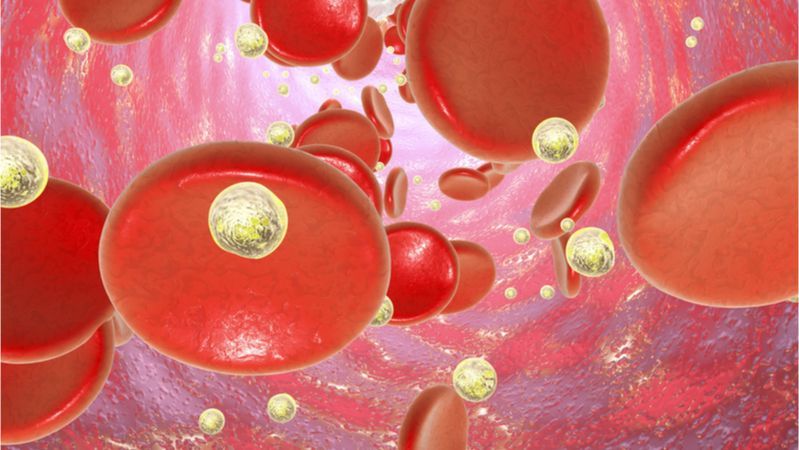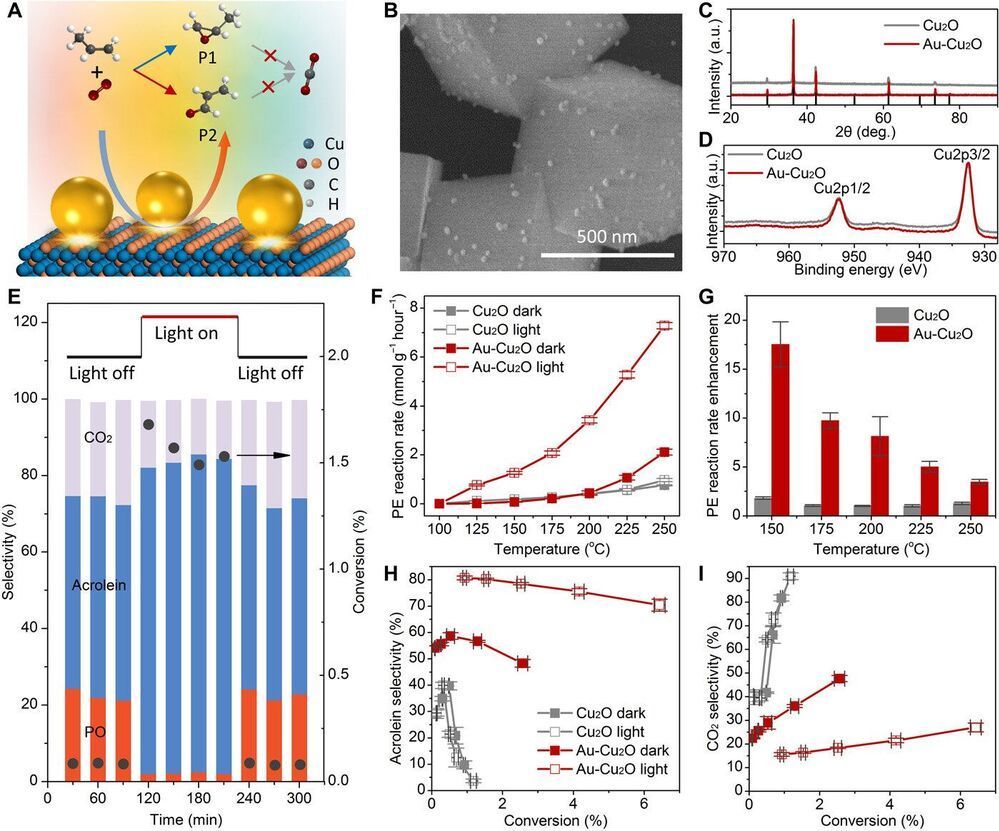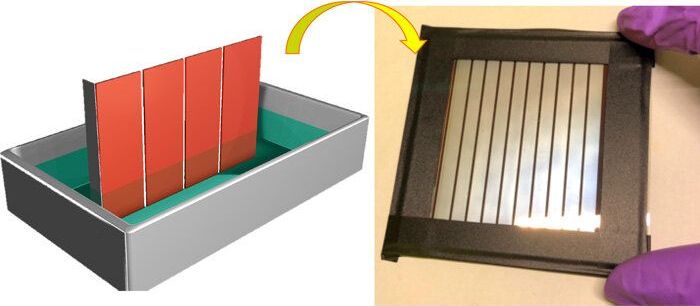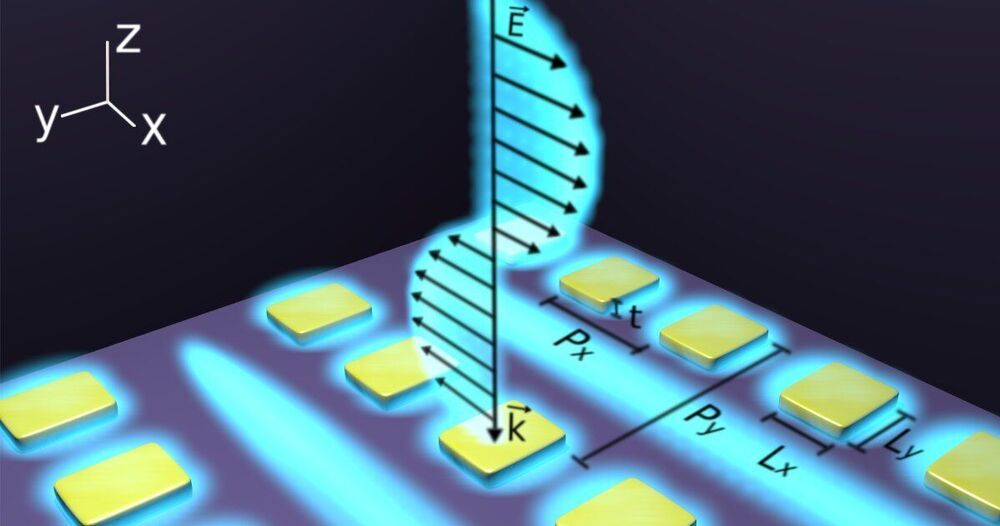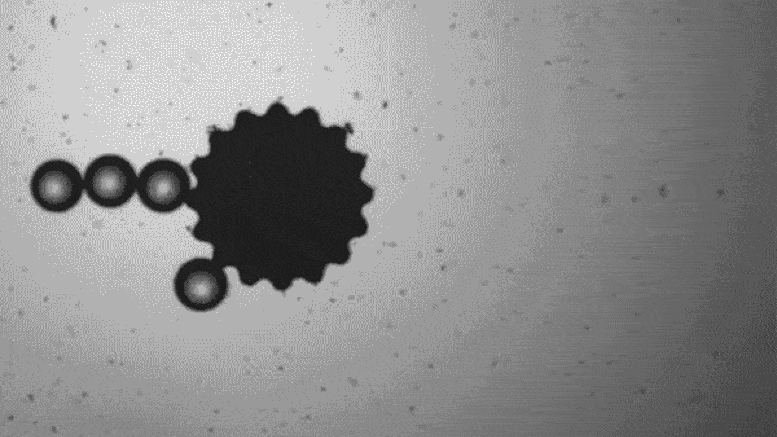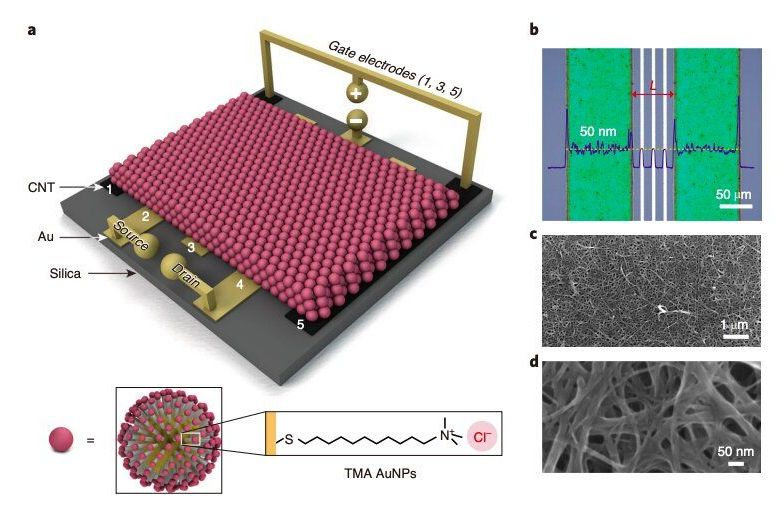Archive for the ‘nanotechnology’ category: Page 171
Mar 23, 2021
Reverse engineering the cognitive brain
Posted by Quinn Sena in categories: computing, engineering, nanotechnology, neuroscience
Circa 2013
One of the greatest aspirations of the human mind has been to realize machines that surpass its cognitive intelligence. The rapid expansion in computing power, about to exceed the equivalent of the human brain, has yet to produce such a machine. The article by Neftci et al. in PNAS (1) offers a refreshing and humbling reminder that the brain’s cognition does not arise from exacting digital precision in high-performance computing, but rather emerges from an extremely efficient and resilient collective form of computation extending over very large ensembles of sluggish, imprecise, and unreliable analog components. This observation, first made by John von Neumann in his final opus (2), continues to challenge scientists and engineers several decades later in figuring and reproducing the mechanisms underlying brain-like forms of cognitive computing.
Related developments are currently unfolding in collaborative initiatives engaging scientists and engineers, on a grander scale, in advancing neuroscience toward understanding the brain. In parallel with the Human Brain Project in Europe, the Brain Research through Advancing Innovative Neurotechnologies Initiative promises groundbreaking advances in enabling tools for revolutionizing neuroscience by developing nanotechnology to probe brain function at greatly increased spatial and temporal detail. Engineers are poised to contribute even further in revolutionizing such developments in neuroscience. In this regard it is helpful to relate the inquisitive nature of science—analysis—to the constructive power of engineering, synthesis.
Mar 22, 2021
Plasmonic nanoreactors regulate selective oxidation via energetic electrons and nanoconfined thermal fields
Posted by Quinn Sena in categories: chemistry, energy, engineering, nanotechnology
When optimizing catalysis in the lab, product selectivity and conversion efficiency are primary goals for materials scientists. Efficiency and selectivity are often mutually antagonistic, where high selectivity is accompanied by low efficiency and vice versa. Increasing the temperature can also change the reaction pathway. In a new report, Chao Zhan and a team of scientists in chemistry and chemical engineering at the Xiamen University in China and the University of California, Santa Barbara, U.S., constructed hierarchical plasmonic nanoreactors to show nonconfined thermal fields and electrons. The combined attributes uniquely coexisted in plasmonic nanostructures. The team regulated parallel reaction pathways for propylene partial oxidation and selectively produced acrolein during the experiments to form products that are different from thermal catalysis. The work described a strategy to optimize chemical processes and achieve high yields with high selectivity at lower temperature under visible light illumination. The work is now published on Science Advances.
Catalysts
Ideal catalytic processes can produce desired target products without undesirable side effects under cost-effective conditions, although such conditions are rarely achieved in practice. For instance, high efficiency and high selectivity are antagonistic goals, where a relatively high temperature is often necessary to overcome the large barrier of oxygen activation to achieve high reactant conversion. Increasing the functional temperature can also lead to overoxidized and therefore additional byproducts. As a result, researchers must compromise between selectivity and efficiency. For instance, a given molecule typically requires diverse catalysts to generate different products, where each catalyst has different efficiency and selectivity. To circumvent any limitations, they can use surface plasmons (SPs) to redistribute photons, electrons and heat energy in space and time.
Mar 20, 2021
Researchers Debunk Decade-Old Photonics Myth, Demonstrate Practical Metal Nanostructures
Posted by Genevieve Klien in categories: energy, nanotechnology
Researchers at the University of Ottawa have debunked the decade-old myth of metals being useless in photonics – the science and technology of light – with their findings, recently published in Nature Communications, expected to lead to many applications in the field of nanophotonics.
“We broke the record for the resonance quality factor (Q-factor) of a periodic array of metal nanoparticles by one order of magnitude compared to previous reports,” said senior author Dr. Ksenia Dolgaleva, Canada Research Chair in Integrated Photonics (Tier 2) and Associate Professor in the School of Electrical Engineering and Computer Science (EECS) at the University of Ottawa.
“It is a well-known fact that metals are very lossy when they interact with light, which means they cause the dissipation of electrical energy. The high losses compromise their use in optics and photonics. We demonstrated ultra-high-Q resonances in a metasurface (an artificially structured surface) comprised of an array of metal nanoparticles embedded inside a flat glass substrate. These resonances can be used for efficient light manipulating and enhanced light-matter interaction, showing metals are useful in photonics.”
Mar 18, 2021
New perovskite fabrication method for solar cells paves way to large-scale production
Posted by Saúl Morales Rodriguéz in categories: nanotechnology, solar power, sustainability
A new, simpler solution process for fabricating stable perovskite solar cells overcomes the key bottleneck to large-scale production and commercialization of this promising renewable-energy technology, which has remained tantalizingly out of reach for more than a decade.
“Our work paves the way for low-cost, high-throughput commercial-scale production of large-scale solar modules in the near future,” said Wanyi Nie, a research scientist fellow in the Center of Integrated Nanotechnologies at Los Alamos National Laboratory and corresponding author of the paper, which was published today in the journal Joule. “We were able to demonstrate the approach through two mini-modules that reached champion levels of converting sunlight to power with greatly extended operational lifetimes. Since this process is facile and low cost, we believe it can be easily adapted to scalable fabrication in industrial settings.”
The team invented a one-step spin coating method using sulfolane, a liquid solvent. The new process allowed the team, a collaboration among Los Alamos and researchers from National Taiwan University (NTU), to produce high-yield, large-area photovoltaic devices that are highly efficient in creating power from sunlight. These perovskite solar cells also have a long operational lifetime.
Mar 18, 2021
Researchers demonstrate practical metal nanostructures
Posted by Saúl Morales Rodriguéz in categories: energy, nanotechnology
Researchers at the University of Ottawa have debunked the decade-old myth of metals being useless in photonics—the science and technology of light—with their findings, recently published in Nature Communications, expected to lead to many applications in the field of nanophotonics.
“We broke the record for the resonance quality factor (Q-factor) of a periodic array of metal nanoparticles by one order of magnitude compared to previous reports,” said senior author Dr. Ksenia Dolgaleva, Canada Research Chair in Integrated Photonics (Tier 2) and Associate Professor in the School of Electrical Engineering and Computer Science (EECS) at the University of Ottawa.
“It is a well-known fact that metals are very lossy when they interact with light, which means they cause the dissipation of electrical energy. The high losses compromise their use in optics and photonics. We demonstrated ultra-high-Q resonances in a metasurface (an artificially structured surface) comprised of an array of metal nanoparticles embedded inside a flat glass substrate. These resonances can be used for efficient light manipulating and enhanced light-matter interaction, showing metals are useful in photonics.”
Mar 17, 2021
Nanotech scientists create world’s smallest origami bird
Posted by Saúl Morales Rodriguéz in categories: nanotechnology, robotics/AI
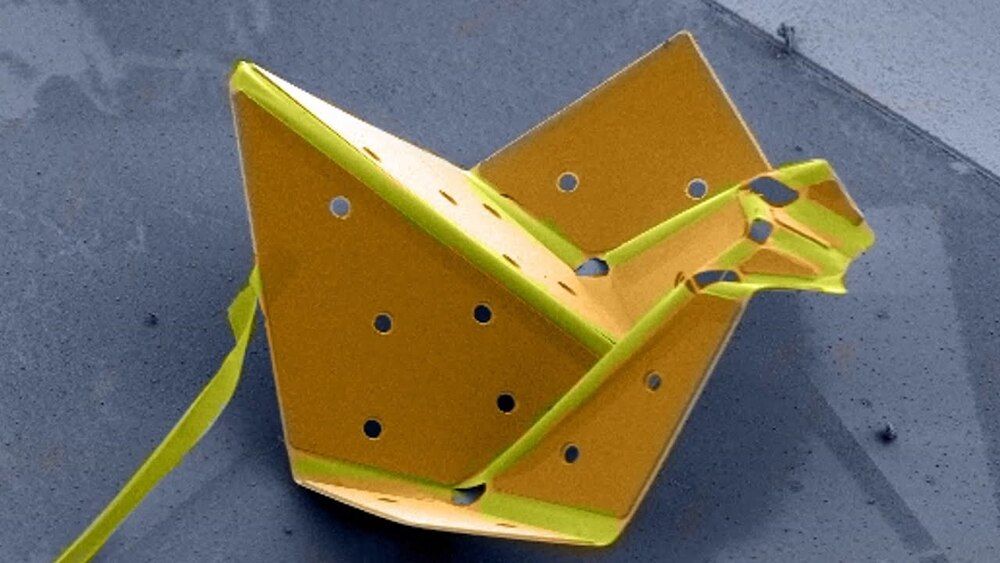
If you want to build a fully functional nanosized robot, you need to incorporate a host of capabilities, from complicated electronic circuits and photovoltaics to sensors and antennas.
But just as importantly, if you want your robot to move, you need it to be able to bend.
Continue reading “Nanotech scientists create world’s smallest origami bird” »
Mar 16, 2021
Microscopic Robots, Remotely Driven by Magnetic Fields, Coax Particles Into Position Using Capillary Forces
Posted by Genevieve Klien in categories: nanotechnology, particle physics, robotics/AI
At microscopic scales, picking, placing, collecting, and arranging objects is a persistent challenge. Advances in nanotechnology mean that there are ever more complex things we’d like to build at those sizes, but tools for moving their component parts are lacking.
Now, new research from the University of Pennsylvania’s School of Engineering and Applied Science shows how simple, microscopic robots, remotely driven by magnetic fields, can use capillary forces to manipulate objects floating at an oil-water interface.
This system was demonstrated in a study published in the journal Applied Physics Letters on January 28, 2020.
Mar 12, 2021
Researchers create a new transistor based on metal nanoparticles and ionic gradients
Posted by Saúl Morales Rodriguéz in categories: computing, nanotechnology
Transistors, devices that can amplify, conduct or switch electronic signals or electric current, are key components of many electronics on the market today. These devices can be fabricated using a variety of inorganic and organic semiconducting materials.
Metals are generally considered unsuitable for fabricating transistors, as they screen electric fields and thus make it difficult to realize devices with tunable electrical conductivity. A possible way to create electronic components based on metals is to use gradients of counterions in films of metal nanoparticles functionalized with charged organic ligands.
In the past, engineers have successfully used this strategy to create a variety of devices, ranging from resistors to diodes and sensors. Nonetheless, modulating the electrical conductivity of these devices has often proved to be very challenging.
